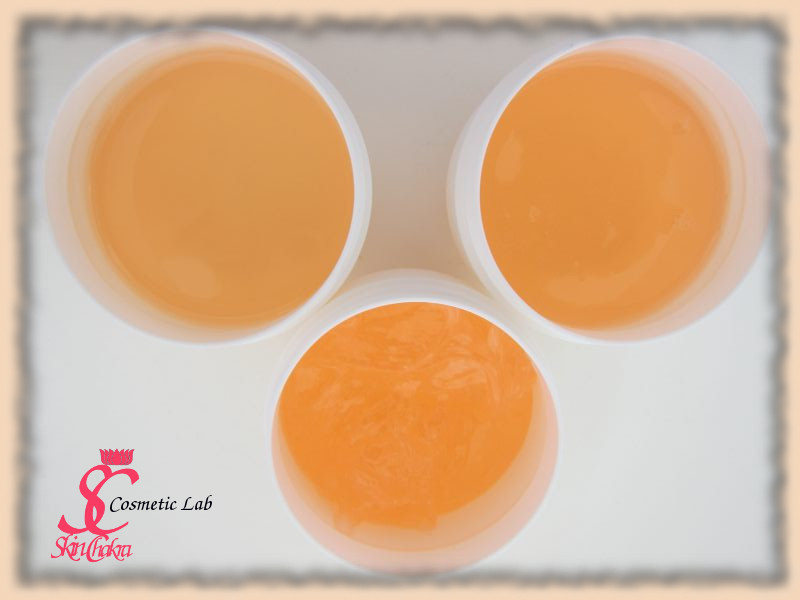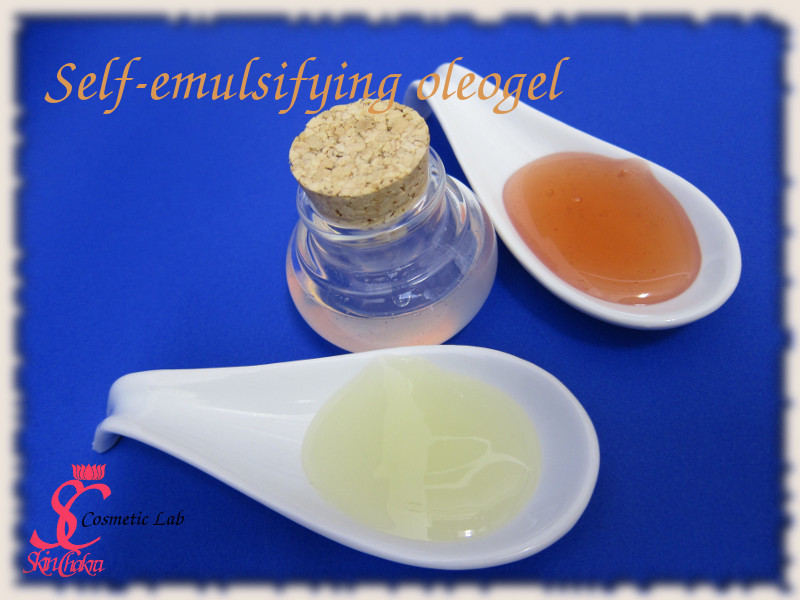Cleansing oils (facial cleansers and shower oils) are more popular than ever. Partially because of the availability of the most fascinating exotic oils and partially because of the awarenes of consumers and their preferences for organic and natural products with as little as un-necessary ingredients (call them cheap fillers if you want).
Anyway, these cleansing oils, specially facial cleansers are popular to both youngsters and adults and suitable to both greasy and dry skin. As I was a teenager, we were told to avoid and escape oils in any case and were recommended to apply harsh, astringent and drying products over the facial skin which just forced the skin to secrete more sebum as a defensive mechanism.
Today, even those physicians who do not belong to the jurassic period, recommend treating greasy and acne-prone skin with suitable cleansing oils.
This is indeed excellent and those who have had the pleasure of cleansing their skin with oils would probably never go back to soap or surfactant based products.
There is just one big disadvantage of these cleansing oils:
The greasy-sticky skin feel after rinsing the skin with water
By adding water to the oil, it turns to a sticky blend with a not-very-pleasant skin feel. Unless you rub the skin with a towel or apply a surfactant based cleansing product, you can not get rid of that sticky skin feel.
There are several emulsifiers available on the market which could be added to these oil based products. They would emulsify the oil as it comes into contact with water. The product either breaks into very fine droplets or makes a milky emulsion by application of water, would be easily rinsed-off and leave a nice and smooth, hydrated skin feel without any unpleasant greasiness.
Most of these emulsifiers belong to the jurassic period and are PEG-derivatives. Well, as you may know, PEG-derivatives are a no-go in natural cosmetics. This apparently does not disturb the mainstream and they continue on blending natural oils (or whatever is left from a natural oil after it is stripped off from all the unsaponifiables) with peg-derivatives and shamelessly claim it to be a "natural" cleanser. For most of us however who want to avoid PEG-derivatives and try to keep the product as natural, or as naturally-derived as possible, these emulsifiers are out of question.
So What?
Well, don't worry. There are other alternatives available as well.
One of the most popular products (or product ranges) is the famous Sucragel series from Alfa Chemicals.
Sucragels are a series of natural emulsifiers based on sucrose esters. These are really nice ingredients and create transparent gels which is then turned to a milky liquid in contact with water.
Most of you probably have worked with sucragel and are familiart with it. During the last couple of years, I have been confornted with hundreds of frustrated skincare students who couldn't get the heck out of sucragel because, obviously, the do not have any high-performance professional overhead mixer in their kitchens. Unless you're working with an overhead mixer, it is extremely difficult to blend sucragel with an oil to a nice, homogenous and stable gel. Don't ever try any stick blender because you've discard your sample at once. More tedious students (and patient) were able to make small volumes of samples with a butter knife or with a dough hook.
There are however, some technical disadvantages that made me look for anotehr alternative (despite the fact that we've recommended sucragel in several tutorials, videos and course material by for Formula Botanica students).
These are:
1- The high required dosage of Sucragel (at least 15%)
2- The high viscosity of the gel (there is no chance to make a pourable oil)
3- As mentioned earlier, the difficulty of handling without a professional mixer
During the last year, I have been testing a natural polyglyceryl-ester based on plant derived glycerine and oleic acid. This ingredient is an oil emulsifier for oils, similar to sucragel system with the advantages of:
- ease of working with a spatula (in small volumes)
- low required dosage (5-6% )
- possibility of adjusting the viscosity from pourable oils to high viscosity oleogels
- excellent stability
Look at the different viscosities of the samples in the following picture. We've made samples with different viscosities by changing just one factor and keeping all the rest the same. In all samples, the polyglyceryl-ester dosage is 6%.

In the next part, I'll reveal more about this emulsifier and would share some simple formulations with you.
I'm sure you're going to love this emulsifier. Feel free to send me your comments & questions.
BeHappy and have fun
